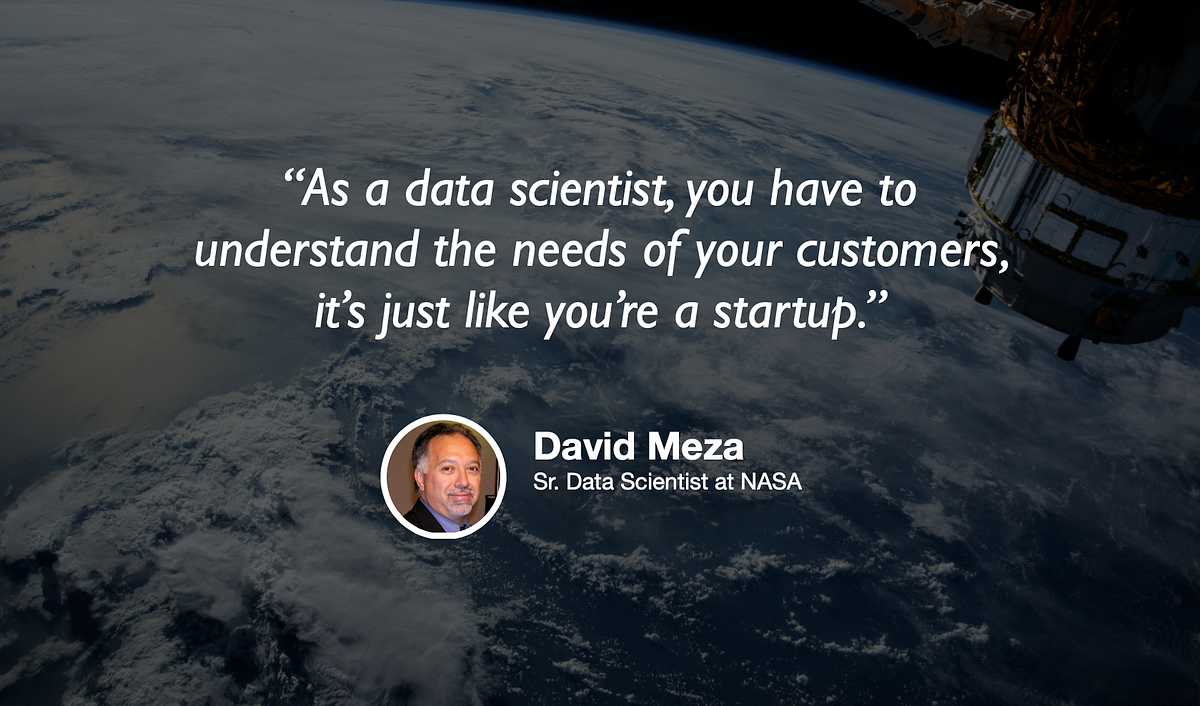Machine learning isn’t rocket science, unless you’re doing it at NASA. And if you happen to be doing data science at NASA, you have something in common with David Meza, my guest for today’s episode of the podcast.David has spent his NASA career focused on optimizing the flow of information through NASA’s many databases, and ensuring that that data is harnessed with machine learning and analytics. His current focus is on people analytics, which involves tracking the skills and competencies of employees across NASA, to detect people who have abilities that could be used in new or unexpected ways to meet needs that the organization has or might develop.David has a ton of experience with both databasing and modelling. Here were some of my favourite take-homes from our conversation:
- Graph databases are a great are to focus on if you want to develop a differentiated skill set. They’ve only been around in production for about a decade, and they’ve been getting more attention recently because they’re great at modelling social media and other networked data types.
- Unless you’re working in a product-focused role (e.g. building recommender systems for users), the output that data scientists produce usually isn’t a model or a graph, it’s education. Specifically, you’ll be educating leaders and managers who want to make data-driven decisions — and that means you have to be especially careful to ensure that your plots and models aren’t misinterpreted. In a way, you’re a translator — and that means you need to be able to speak two languages: the technical language of analytics and machine learning, and language of business value.
- Organizations like NASA, which have been around for a long time, face unique challenges when it comes to data science: they tend to have a lot of legacy systems and old databases that aren’t compatible with modern tools and infrastructure. In that context, one of the key things data scientists have to consider is the robustness of their databasing strategy: the last thing you want to do is store your data in a fancy database that won’t be relevant in a decade.
- NASA has thousands of employees and tens of thousands of contractors. At that scale, one of their big challenges is making sure that their people are working on problems that match their skill sets and competencies. That’s where machine learning and people analytics become so important.
#editors-pick #tds-podcast #data-science #nasa #machine-learning
